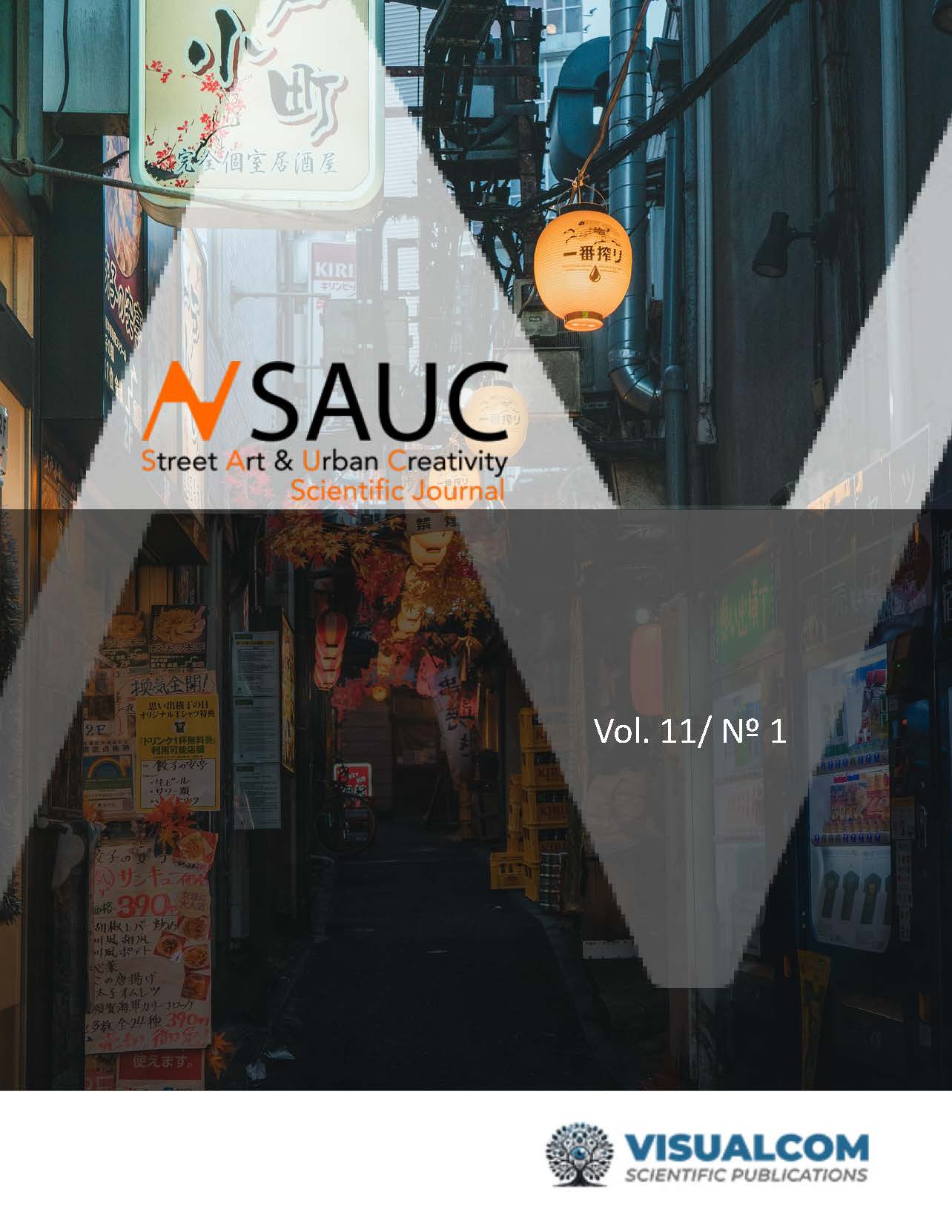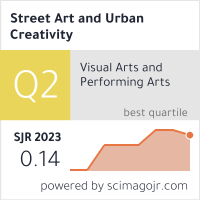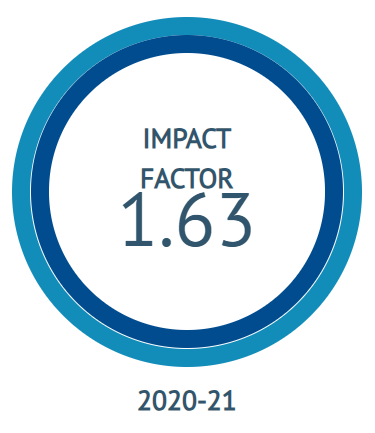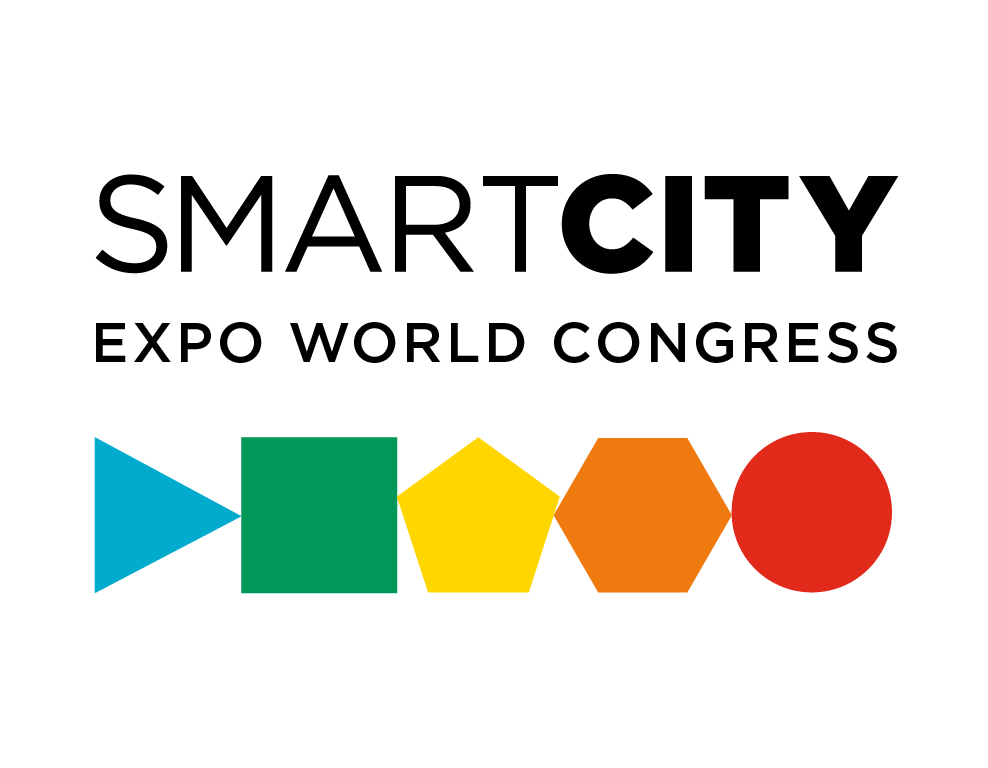The Role of Creative Industries in Urban Regeneration
A Comparative Study of London and Bogotá
DOI:
https://doi.org/10.25765/sauc.v11.5687Keywords:
Creative Industries, Urban Regeneration, Strategic Planning, City Initiatives, Gentrification, London, BogotáAbstract
Urban regeneration faces significant challenges in relation to citizens' needs. At a global level, some cities implement regeneration strategies independently of official budgets. This represents an opportunity for urban planners and policymakers, as well as the audience, to actively shape citizen art expression in their culture and urban identity, empowering them with a sense of responsibility.
This study methodologically compares the case studies of London and Bogotá, two cities with unique cultures and citizen initiatives. Despite their disparate economic resources, both towns have established municipal programs that foster a creative economy, using their industries to regenerate their urban and social fabric.
The selected cases highlight how these cities address urban regeneration and become references to constantly evolving urban identity. The interaction between the creative economy and urban regeneration in London and Bogotá illustrates the cities' capacity to promote a sense of belonging and social cohesion in their communities.
Downloads
Global Statistics ℹ️
|
987
Views
|
201
Downloads
|
|
1188
Total
|
|
References
Acosta-Salinas, J. M. (2017). El museo, objeto arquitectónico determinante para el proceso de reconstrucción de un lugar. [Trabajo de Grado] Universodad Católica de Colombia. http://hdl.handle.net/10983/15574
Bauman, Z. (2013). Liquid modernity. John Wiley & Sons.
Bayliss, D. (2007). The Rise of the Creative City: Culture and Creativity in Copenhagen. European Planning Studies, 15(7), 889-903. https://doi.org/10.1080/09654310701356183 DOI: https://doi.org/10.1080/09654310701356183
Chapain, C., & Sagot-Duvauroux, D. (2020). Cultural and creative clusters – a systematic literature review and a renewed research agenda. Urban Research & Practice, 13(3), 300-329. https://doi.org/10.1080/17535069.2018.1545141 DOI: https://doi.org/10.1080/17535069.2018.1545141
Comunian, R., England, L., Faggian, A., & Mellander, C. (2021). The Economics of Talent: Human Capital, Precarity and the Creative Economy. Springer Nature. DOI: https://doi.org/10.1007/978-3-319-95124-9
Cooper, A. E., Hubbard, P., & Lees, L. (2020). Sold out? The right-to-buy, gentrification and working-class displacements in London. The Sociological Review, 68(6), 1354-1369. https://doi.org/10.1177/0038026120906790 DOI: https://doi.org/10.1177/0038026120906790
Corcillo, P. (2021). Social mixing and the London East Village: Exclusion, habitus and belonging in a post-Olympics neighbourhood. [Phd, Tesis] Birkbeck, University of London. https://eprints.bbk.ac.uk/id/eprint/47107/
DANE. (2022). Octavo reporte Economía Naranja- Departamento Administrativo Nacional de Estadística (DANE). Gobierno de Colombia.
Davidson, M., & Lees, L. (2010). New-build gentrification: Its histories, trajectories, and critical geographies. Population, Space and Place, 16(5), 395-411. https://doi.org/10.1002/psp.584 DOI: https://doi.org/10.1002/psp.584
Deda, W. (2019). DCMS Sectors Economic Estimates 2019: Business Demographics - Headline Release (Accredited Official Statistics United Kingdom and ITL1 regions). https://www.gov.uk/government/statistics/dcms-sectors-economic-estimates-2019-business-demographics/dcms-sectors-economic-estimates-2019-business-demographics-headline-release
Fohim, E., Cartel, M., & Kella, C. (2024). Making Sustainable Places Through Spaces: Role Identity Expansion and Imagination in a Swiss Urban Planning Committee. Organization & Environment, 37(3), 1-32. https://doi.org/10.1177/10860266241233600 DOI: https://doi.org/10.1177/10860266241233600
Greater London Authority. (2021). Mayor to invest nearly £3m in Creative Enterprise Zones | London City Hall. Londonassembly. https://www.london.gov.uk/press-releases/mayoral/mayor-to-invest-nearly-3m-in-creative-enterprise
Grodach, C. (2017). Urban cultural policy and creative city making. Cities, 68, 82-91. https://doi.org/10.1016/j.cities.2017.05.015 DOI: https://doi.org/10.1016/j.cities.2017.05.015
Kern, L. (2016). Rhythms of gentrification: Eventfulness and slow violence in a happening neighbourhood. Cultural Geographies, 23(3), 441-457. https://doi.org/10.1177/1474474015591489 DOI: https://doi.org/10.1177/1474474015591489
Landry, C. (2008). The Creative City: A Toolkit for Urban Innovators. Routledge. https://doi.org/10.4324/9781849772945 DOI: https://doi.org/10.4324/9781849772945
Leisewitz, A., Musgrave, G., & Franklin, M. (2022). SHAPESLewisham and the Shape of Lewisham: Connectivity, Communication and Construction in a Creative Enterprise Zone [Report]. Goldsmiths, University of London. https://www.shapeslewisham.co.uk/
Liang, S., & Wang, Q. (2020). Cultural and Creative Industries and Urban (Re)Development in China. Journal of Planning Literature, 35(1), 54-70. https://doi.org/10.1177/0885412219898290 DOI: https://doi.org/10.1177/0885412219898290
Liao, Z., & Liu, M. (2023). Critical barriers and countermeasures to urban regeneration from the stakeholder perspective: A literature review. Frontiers in Sustainable Cities, 5, 1-19. https://doi.org/10.3389/frsc.2023.1115648 DOI: https://doi.org/10.3389/frsc.2023.1115648
Mayorga, J. M., & Ortiz Véliz, J. (2020). Segregación e inequidad en el acceso a servicios de educación, cultura y recreación en Bogotá, Colombia. Cuadernos de Geografía: Revista Colombiana de Geografía, 29(1), 171-189. https://doi.org/10.15446/rcdg.v29n1.73395 DOI: https://doi.org/10.15446/rcdg.v29n1.73395
Mellander, C., & Florida, R. (2021). The Rise of Skills: Human Capital, the Creative Class, and Regional Development. En M. M. Fischer & P. Nijkamp (Eds.), Handbook of Regional Science (pp. 707-719). Springer. https://doi.org/10.1007/978-3-662-60723-7_18 DOI: https://doi.org/10.1007/978-3-662-60723-7_18
Sequera, J., & Nofre, J. (2020). Touristification, transnational gentrification and urban change in Lisbon: The neighbourhood of Alfama. Urban Studies, 57(15), 3169-3189. https://doi.org/10.1177/0042098019883734 DOI: https://doi.org/10.1177/0042098019883734
Tomczak, P., & Stachowiak, K. (2015). Location Patterns And Location Factors In Cultural And Creative Industries. Quaestiones Geographicae, 34(2), 7-27. https://doi.org/10.1515/quageo-2015-0011 DOI: https://doi.org/10.1515/quageo-2015-0011
Urbina Vanegas, D. C. (2015). Antes y después del centro cultural: Renovación urbana y desplazamiento en Bogotá. Revista Colombiana de Antropología, 51(1), 217-244. https://www.redalyc.org/articulo.oa?id=105042615009 DOI: https://doi.org/10.22380/2539472X33
Zeng, M., Wang, F., Xiang, S., Lin, B., Gao, C., & Li, J. (2020). Inheritance or variation? Spatial regeneration and acculturation via implantation of cultural and creative industries in Beijing’s traditional compounds. Habitat International, 95, 102071. https://doi.org/10.1016/j.habitatint.2019.102071 DOI: https://doi.org/10.1016/j.habitatint.2019.102071
Downloads
Published
How to Cite
Issue
Section
License
Copyright (c) 2025 Street Art & Urban Creativity

This work is licensed under a Creative Commons Attribution-NoDerivatives 4.0 International License.
Those authors who publish in this journal accept the following terms:
-
Authors retain copyright.
-
Authors transfer to the journal the right of first publication. The journal also owns the publishing rights.
-
All published contents are governed by an Attribution-NoDerivatives 4.0 International License.
Access the informative version and legal text of the license. By virtue of this, third parties are allowed to use what is published as long as they mention the authorship of the work and the first publication in this journal. If you transform the material, you may not distribute the modified work. -
Authors may make other independent and additional contractual arrangements for non-exclusive distribution of the version of the article published in this journal (e.g., inclusion in an institutional repository or publication in a book) as long as they clearly indicate that the work was first published in this journal.
- Authors are allowed and recommended to publish their work on the Internet (for example on institutional and personal websites), following the publication of, and referencing the journal, as this could lead to constructive exchanges and a more extensive and quick circulation of published works (see The Effect of Open Access).













